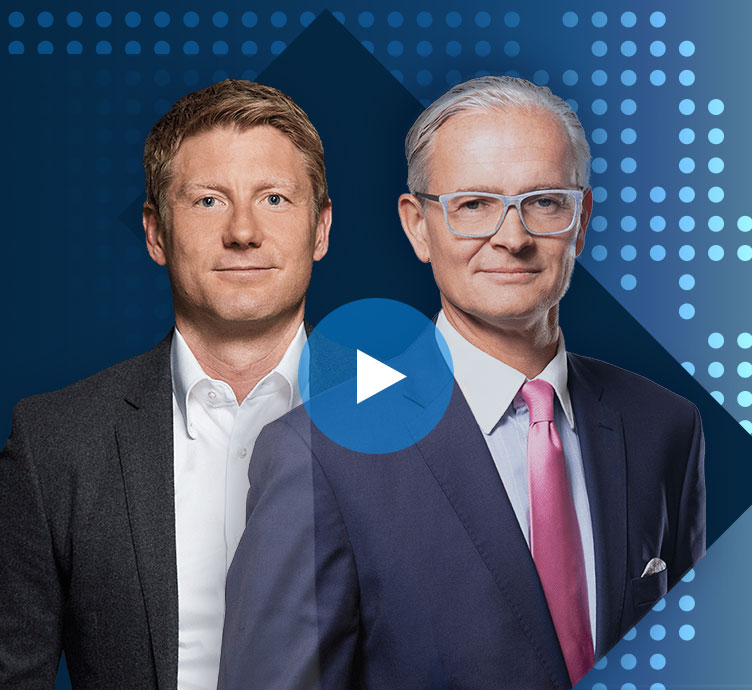The Federal Reserve – Taking out some insurance
Much to no one’s surprise, the Federal Reserve took out some additional “insurance” by lowering the Fed Funds rate for the second time this year at its September gathering. As justification for the rate cut, the Fed acknowledged the global headwinds that have plagued the marketplace – namely lingering anxieties on the U.S.-China trade front that have clouded the global economic backdrop and threatened to spillover to the domestic (i.e. American) economy. In the accompanying statement, the Fed struck a cautious balance – acknowledging the healthy state of the domestic economy and healthy labour conditions that have bolstered consumer spending – though did soften the blow somewhat by reiterating that inflation remains subdued, while also giving a nod to global headwinds that have weighed on both business investment/exports. In the end, officials maintained their pledge to «act as appropriate» to sustain the expansion, though remained fairly noncommittal on future moves. Essentially, the Fed opted to maintain a flexible approach in order to monitor incoming data and trade developments before making another move; or, in other words, using a data-dependent approach. Interestingly, Fed members on average are not forecasting any further rate cuts through 2020 even as the markets continue to price in a 96% chance of at least one more rate cut over the same period (to be exact, a total of 2.5 rate cuts by end-2020), leaving investors vulnerable to disappointment should the Fed fail to succumb to the market’s dovish bias.
European Central Bank – To QE infinity…and beyond
Similarly, the European Central Bank also ramped-up stimulus measures in response to an ailing and persistently stagnant European economy that has proven to be one of the main casualties of the trade war. As widely expected, the ECB followed through with a 10 basis point rate cut that sent the benchmark deposit rate further into negative territory. Perhaps more importantly, it also restarted its asset purchase program, promising €20 billion of net asset purchases per month, and even going a step further by pledging to keep the program going for as long as it takes for inflation to converge with the 2% target – or, in their words, “as long as necessary.”















Global Asset Allocation Team Market Update – November 2025
The fourth quarter got off to a strong start. Solid economic and corporate earnings results in the United States provided a tailwind for global stock markets – while a tentative trade truce between the United States and China added to the optimistic mood in the market.
Learn more Global Asset Allocation Team Market Update – November 2025